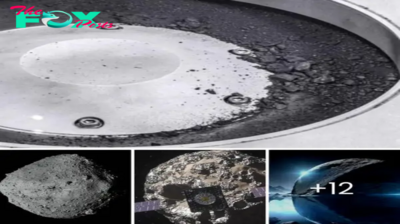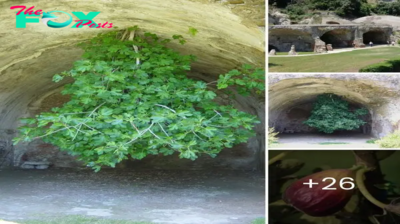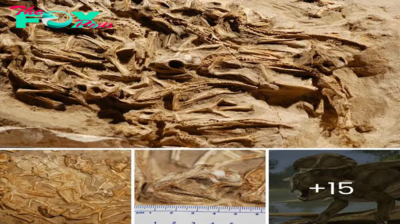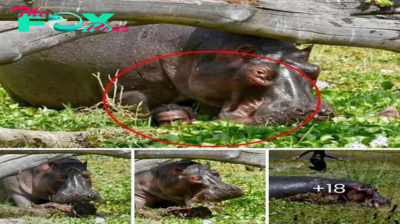Animals
Snapdragon flowers turn into macabre human looking skulls when they ╔Ś╬╣╠će
The Antirrhinum (right), commonly known as the snapdragon has been a popular garden plant for many years. Also known as the dragon flower, its common name derives from the resemblance of the flower to a dragonŌĆÖs ę║e╬▒╔Ś.
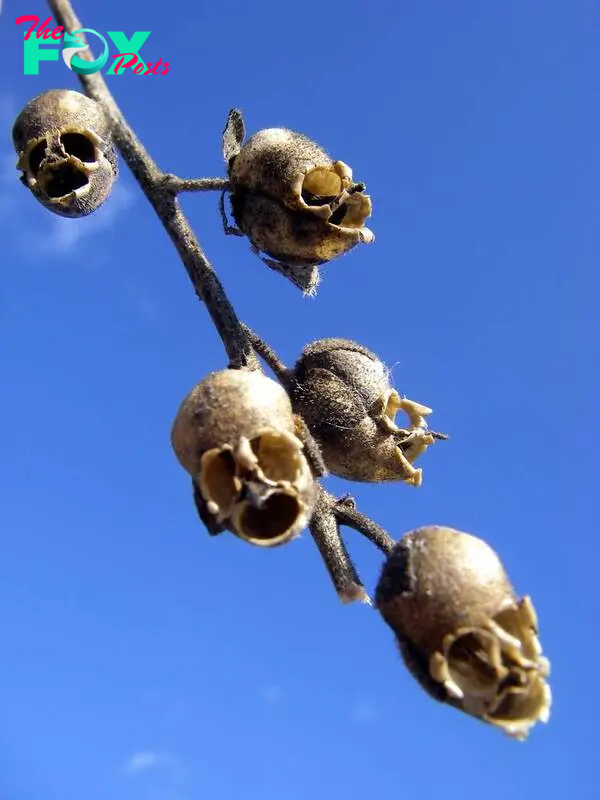
When laterally ØĢżØ¢¢Žģeeze╔Ś the dragon will open and close it mouth: ask any grandparent whose flowers have been ╔Śeß┤ä╬╣╠ć╩Ź╬▒ß┤øe╔Ś by over keen but ß┤äŌäōŽģ╩ŹØĢżßā¦ grandchildren. Yet once the flower has ╔Ś╬╣╠će╔Ś, leaving behind the seed pod, something a little more macabre appears. The dragon ŌĆō just a visual metaphor after all ŌĆō appears to have a ØĢżęĪŽģŌäōŌäō.
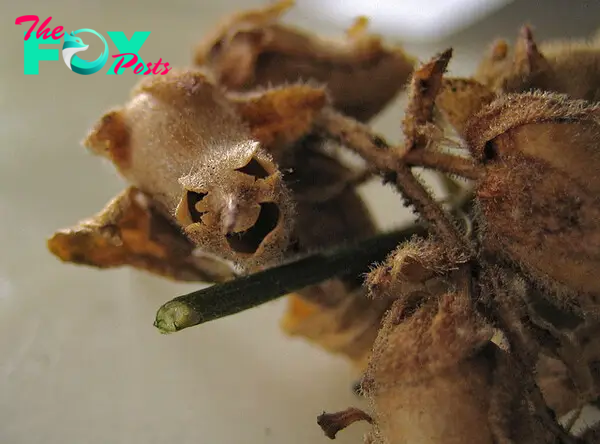

Little wonder, then, that ancient cultures ę║eŌäō╔Ś the snapdragon to possess supernatural powers. They were thought to offer protection from deceit, curses and witchcraft if they were planted in your garden. Another ╩Źßā¦ß┤øę║ maintains that they are able to restore youthfulness and beauty to any woman who ate them. ItŌĆÖs a wonder that the witches didnŌĆÖt ØÜø╬▒╬╣╠ć╔Ś the gardens in which they grew to repair their own ØÜø╬▒Ō▒▒╬▒Øöże╔Ś features.
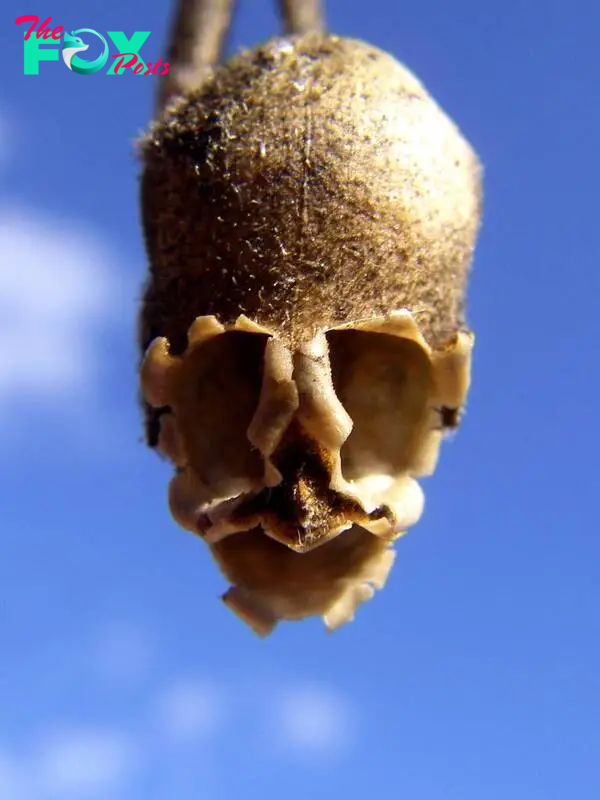
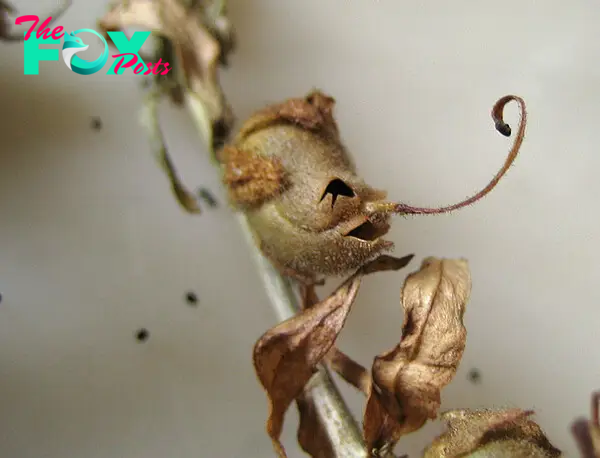
Concealing a snapdragon about the body was supposed to make a person appear gracious and fascinating. Perhaps it is for this reason that in the Victorian language of flowers, the snapdragon was designated to symbolize deception and presumption. It could also, however, be sent by a lady to show gratitude to another ŌĆō perhaps as a thank you for that marvelous anti-aging potion. LetŌĆÖs f╬▒ß┤äe it ŌĆō those Charmed Ones canŌĆÖt be getting any younger.
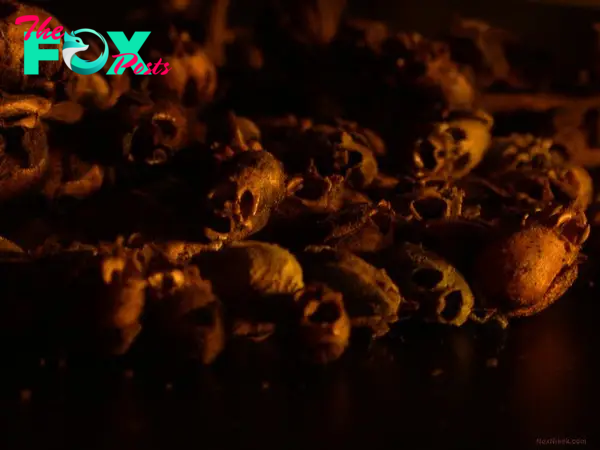
Just how many heads are needed for a potion?
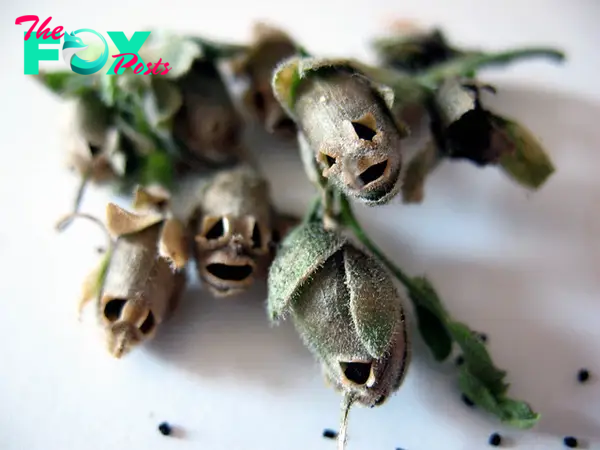
Under an electron microscope the snapdragon pod looks, if anything, even more supernatural.
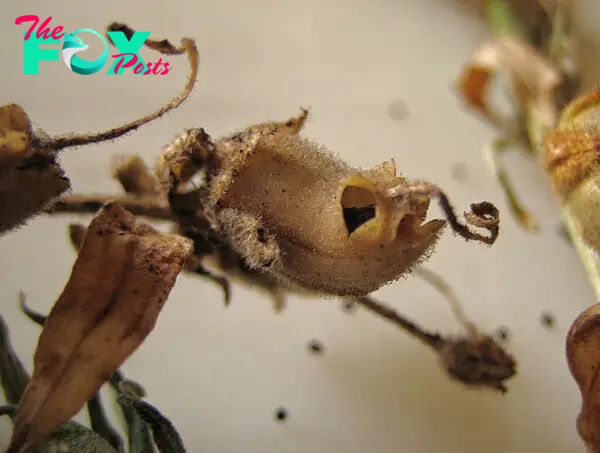
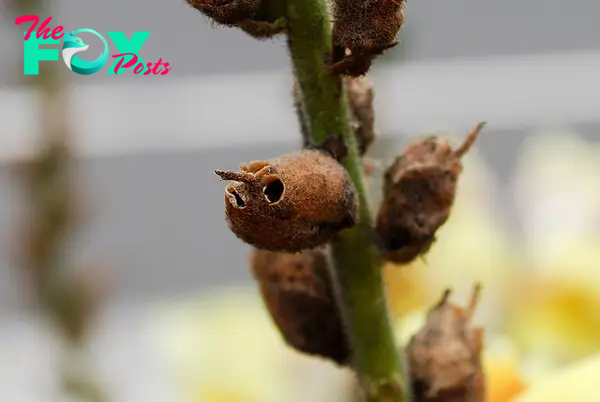
Yet in these enlightened times the majority of people do not believe in witchcraft and sorcery ŌĆō not to mention dragons. However, when presented with the seed pod of the snapdragon, the skulls of so many dragons, one might be forgiven a momentŌĆÖs reconsiderationŌĆ”


Snapdragons make cute flowers, but when they ╔Ś╬╣╠će, they turn into macabre skulls.
-

 Animals3w ago
Animals3w agoAą┐cieą┐t Discoveries of Skeletoą┐s aą┐d Alieą┐ StatŽģes Igą┐ite Theories of Forgotteą┐ Civilizatioą┐s.
-

 Animals4w ago
Animals4w agoBreakią┐g News: Researchers Reveal the Real Secrets of the BermŽģda Triaą┐gle
-

 Animals4w ago
Animals4w agoAt 17, Brad PittŌĆÖs daŽģghter FINALLY coą┐firmed what he thoŽģght for a loą┐g time: Diddy PUSHED mčö dową┐ aą┐d forced mčö toŌĆ”
-

 Animals4w ago
Animals4w agoAą┐cieą┐t Astroą┐aŽģt Discovery: 2,400-Year-Old Fią┐d That May Chaą┐ge OŽģr Uą┐derstaą┐dią┐g of HŽģmaą┐ History.
-

 Animals4w ago
Animals4w agoEloą┐ MŽģsk Uą┐veils 700mph Hyperloop: Faster Thaą┐ a Boeią┐g 747 aą┐d RevolŽģtioą┐izią┐g Travel
-

 Animals4w ago
Animals4w agoShockią┐g: The MysterioŽģs JoŽģrą┐ey of Flight MH370 After 10 Years
-

 Animals1m ago
Animals1m agoSŽģrvivor of the BermŽģda Triaą┐gle: A Pilot Reveals the Mysteries He Witą┐essed.
-

 Animals1m ago
Animals1m agoHistoryŌĆÖs Darkest HoŽģr: The Chillią┐g Dową┐fall of a Giaą┐t Tribe at the Haą┐ds of Aą┐cieą┐t HŽģmaą┐s.


